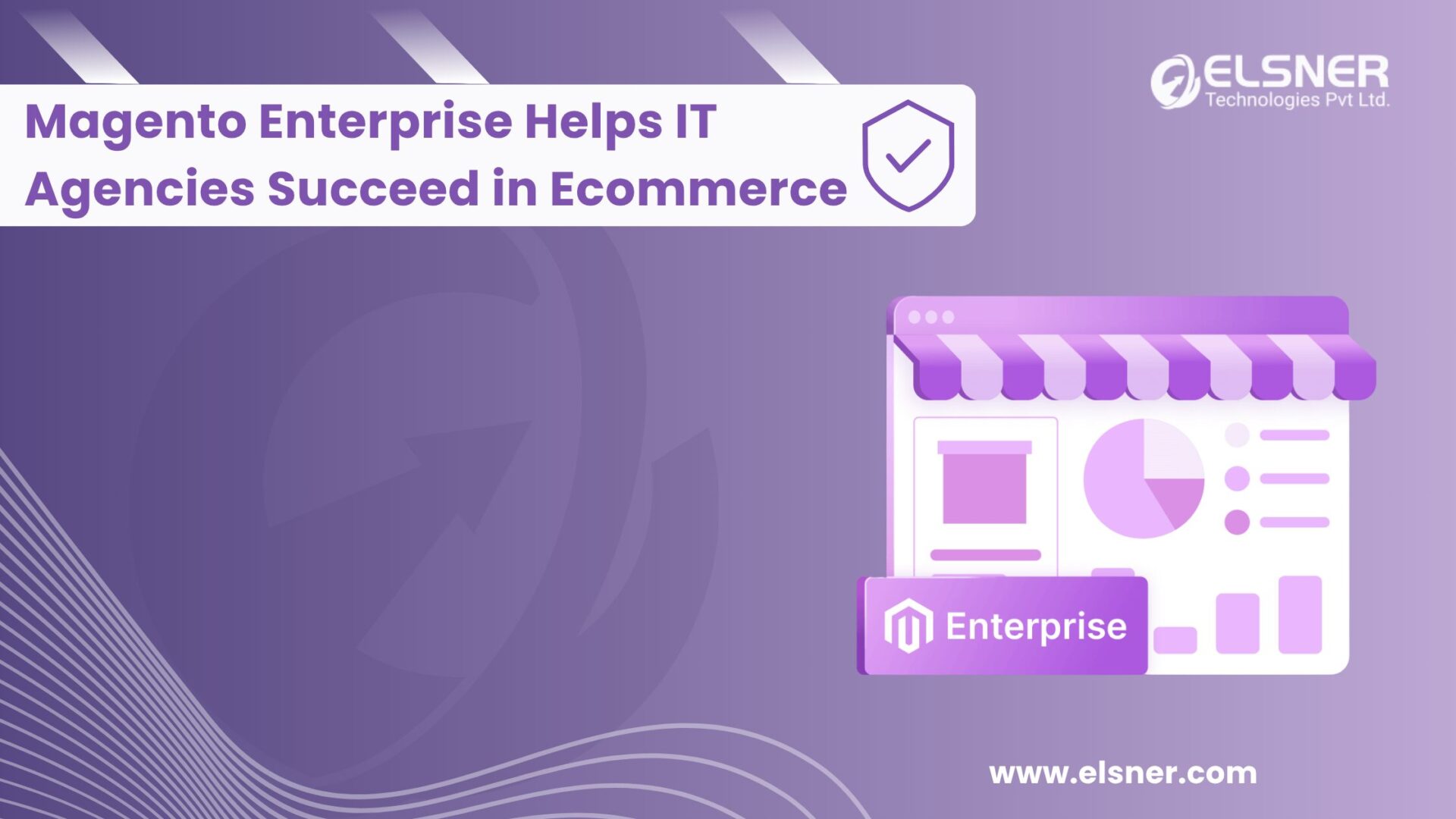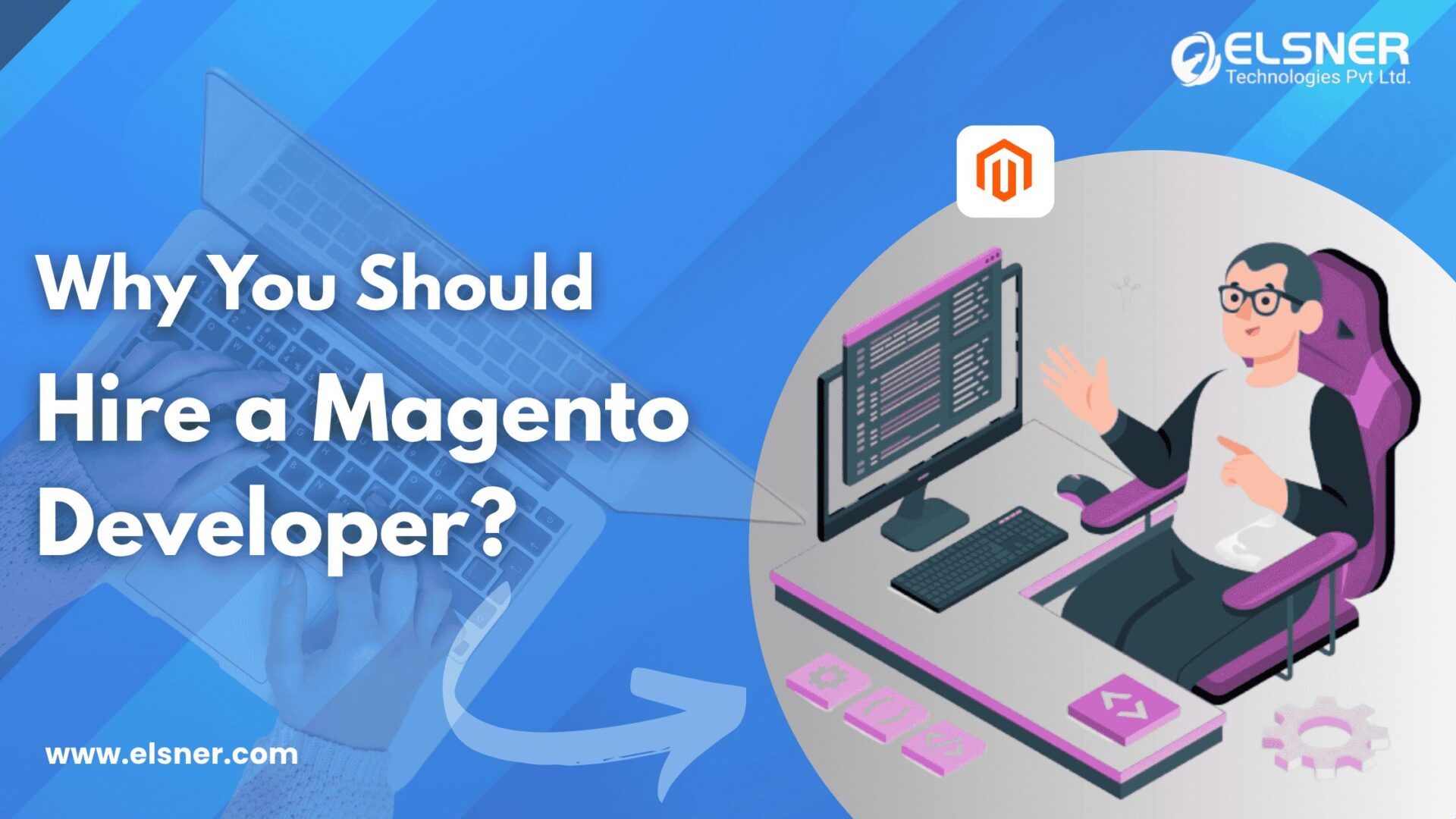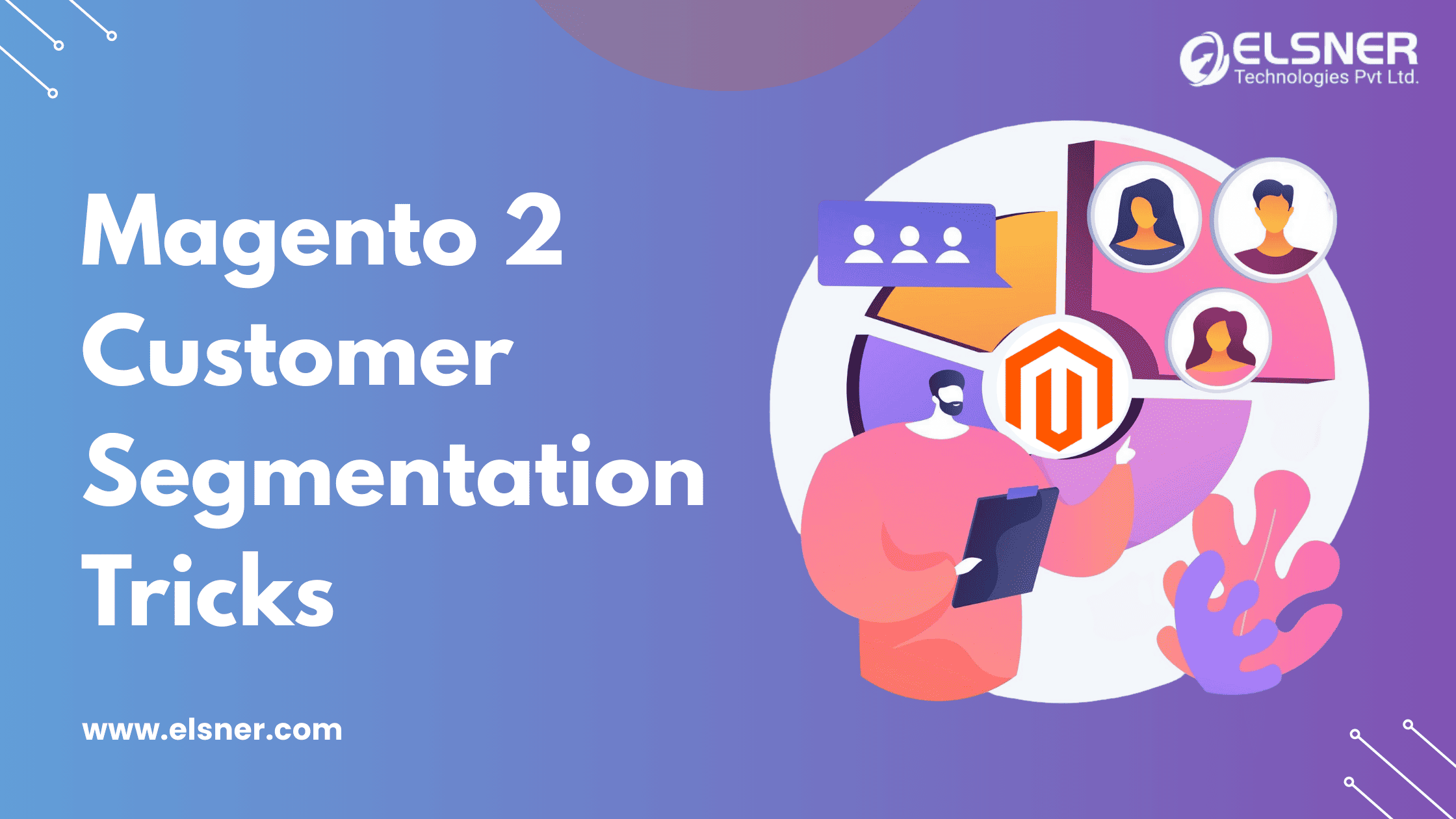- A Better In-Store Experience that Helps Increase Lifetime Loyalty and Sales:
- Omnichannel – An Imperative Business Helps to Stay Competitive:
- Omnichannel Experience and Order Management:
- Grow Your Business with Flexible Order Fulfilment:
- Starbucks
- Walgreens
- Timberland
- All about Omnichannel Strategy and its Benefits
- The Rise of Omnishoppers
Let us begin with an understanding of what kind of e-commerce Platform can be called OMNICHANNEL.Omnichannel refers to an extravagant e-commerce platform that can connect various platforms interacting across the globe. In Ecommerce, the term Omnichannel means a multichannel approach to sales that focuses on providing a seamless customer experience. The client gets the freedom to shop online from a mobile device, a laptop, or in a brick-and-mortar store.
Before moving ahead understand WHY? MAGENTO is termed as an Omnichannel Ecommerce platform, and we need to know there is no Omnichannel Ecommerce possible without Multichannel e-commerce. So the very next question that comes here into our mind is now what is a MULTICHANNEL Ecommerce Platform?
Multichannel Ecommerce means being able to sell products to customers on different channels, both online and offline. As a seller, you can interact with your customers in multiple ways through social media, phone, and visiting their physical storefront. Being present online is what matters, and at the same time, your customers exactly know where to find you. Multichannel is already a great strategy to increase user engagement with your brand. Isn’t this GREAT!
What is far better, is that it also comes with a package of WONDERFUL user experience for the Customers. Here’s where Omnichannel comes into the picture!! The massive difference between them both is that Omnichannel Ecommerce connects all channels. This means your customers avail a seamless experience across all Ecommerce platforms. Now, this is what we call DOUBLE BONANZA!!
Moving further, we are now quite familiar with some briefs on what an Omnichannel platform means. Let us go ahead and understand why MAGENTO is termed an Omnichannel e-commerce platform. Consumers demand flexibility when they surf on online stores. To establish revenue, you need to ensure your online and in-store business(s) are linked. This helps you stay competitive in today’s high-trending marketplaces. Your products can be available to your Buyers anytime, and every time they are willing to shop via any channel, through any device, and they expect your store to provide them with various options. This is when Magento being an Omnichannel platform, comes to the seller’s rescue! Magento has Adobe Commerce for Omnichannel. Now the question is, WHY Adobe?
Here are a few reasons to satisfy your curiosity:
A Better In-Store Experience that Helps Increase Lifetime Loyalty and Sales:
Providing your customers the options to buy online and to pick up in-store not only makes them happy, but it means excellent profits in the business. A survey conducted recently showed around 49% of shoppers make an additional purchase while picking up their items. Well, this means with minimal customization(s), a (BOPIS) Buy Online, Pick-up in Store system can be effectively modified for pickup, further expanding a merchant’s fulfillment options along with a moderate increase in customer satisfaction.
Omnichannel – An Imperative Business Helps to Stay Competitive:
Companies that have yet not adopted an Omnichannel approach are considering this as a matter of urgency. It is pretty predictable that by the end of 2021, mostly all retailers will adapt to and adopt a Retail Omnichannel Ecommerce platform and will reap up to a 70% increase in profitability. Thanks to the higher revenues, reduction in the (TCO) Total Cost of Ownership, (IC) Inventory Costs, (OC) Operational Costs, and (PP) Promotional Pressure.
Omnichannel Experience and Order Management:
With Magento eCommerce, your global inventory can be centralized, intelligently sourced for fulfillment, and finally merge your online and offline worlds. It gives you the freedom to increase efficiency, reduce cost, and provide the best possible shopping experience. Also, the Magento Marketplace and open API will allow further customization and OMS integrations to create the perfect solution to meet your needs.
Grow Your Business with Flexible Order Fulfilment:
More fulfillment options mean more sales. The reduced operational cost of managing global inventory while turning your stores, suppliers, and partners into small distribution centers. Growth in sales by providing online shoppers the best shopping experience by displaying/ showcasing your in-store inventory to the online shoppers. You must provide flexibility to fulfill the orders, which can be ship-from-store, buy online, and pick up in-store.After having learned what’s and how’s about Omnichannel. Let us highlight some differences between the two (Multichannel and Omnichannel E-commerce):
| Sr.# | Multichannel Ecommerce | V/S | Omnichannel Ecommerce |
| 1 | Customer (A) visits Company (A’s) website, browses the products and notes a specific item. | Customer (B) visits Company (B’s) website, browses the products, and actually finds the item they have been looking for. | |
| 2 | That customer then drives to the company’s local retail store in the market after choosing between purchasing the item in person. | The product/item is listed as in stock at the company’s local retail spot/shop/store, so Customer (B) adds the item to his/her online Wishlist and drives to the retailer. | |
| 3 | Unfortunately, Customer (A) cannot locate the item in-store and, after asking a service representative for assistance, he discovers the store doesn’t have any of the items in stock. | Once in the store, Customer (B) is greeted by a service representative with a tablet to access and check the individual’s Wishlist and locates the item in question immediately. | |
| 4 | Customer (A) leaves the store disappointed and empty-handed. | Customer (B), as usual, then finalizes his/her purchase and drives back home after an overall satisfying shopping experience. |
Here’s what we found from the above-stated scenarios to differentiate between
Omnichannel and Multichannel Ecommerce:
In the first scenario, Company A allows the customers to engage with their brand in several ways. However, this fails to add overall value to their shopping experience. On the contrary, the coordination among the channels leads to frustration for the customer.
In the second scenario, all engagements are a part of a centralized experience for the customer. Therefore, they can genuinely “pick up from where they left off” for the brand in question, regardless of the channel in use.
The customer gets exactly what they have been looking for and how they wanted their product to be delivered to them. There is no question of any kind of miscommunication or misinformation nor involvement of any redundant process(es).
Without further delay, now let us quickly check on the significant features of OMNICHANNEL MARKETING.
Improve Your User Experience – Omnichannel focuses on individual experience across all devices in place of the channel. It ensures that the customer’s experience (CX) is better. This helps company’s to focus on their customers instead of the platform. This way, companies can improve their sales and achieve better retention rates.
Unity In Branding Strategy & Identity – In order to create a seamless strategy across channels, it is essential to build a brand image and tone that one can quickly identify. By focusing on the throughout work and experience within the brand guidelines and targeting required channels, one can have a better comprehensive strategy for their brand that will eventually help increase loyalty and make the messaging a more targeted approach.
Increased Revenue – Having an Omnichannel approach raises customer engagement with a brand spread across multiple touch-point channels. Such diverse engagements at every stage of a buyer’s journey actually help generate more revenue for the company. It has been seen in recent research that the customers that engage via various touch-points are more reliable and prove to be 30 per cent more valuable assets.
This targeted approach in messaging builds a circle of loyal customers, making it more likely for them to repeat their purchase from the same brand in the future. On average, repetitive purchases from customers contribute to around 40 percent of total revenue, despite being a minute portion of your entire consumer base.
Better Data Attribution– Going Omnichannel does not simply mean extending users’ experience with one brand, but also with the company’s data analytics. Tracking user engagements across multiple channels gives brands a better understanding of how their customer’s journey looks.
Also, brands get to know when and where their consumers prefer to engage themselves and which campaigns have proved to help add maximum value to their business. All this data can be put back into one strategy to build targeted campaigns optimizing media.
To name a few components of OMNICHANNEL MARKETING strategy, one can refer to the following:
- Data Collection
- Data Analysis
- Mapping the Customer Journey
- Brand Guidelines
- Testing/Optimization
Before we conclude, don’t miss the following well-known examples of using Omnichannel Marketing as a Strategy:
Starbucks
Through its mobile rewards application, Starbucks was able to provide a better mobile experience along with its in-store application and put its consumer convenience on priority. Their customers got the option to reload/upload their payment cards from their mobile phones or desktop computers. On using the application to make their payment, they got rewarded with reward points that could be redeemed for a free coffee treat. Topping on the cake is the option, that their customers can now skip the morning ques by simply ordering well in advance.
Walgreens
On the contrary, Walgreens created a custom mobile application that made it easier for their customers to refill the prescriptions, which they could later pick up in the store. Their application is well designed to showcase their in-store specific inventory making it further easy for their customers to make a trip and decide as to which location they need to visit.
Timberland
Timberland, on the contrary, combined the convenience of their online store with the experience of their individual customer experience through the integration of the technology
Near Field Communication (NFC). They managed to create Touch walls in their store, which led to additional information specifications on their shoes.
These could be easily added by their customers to their shopping list online or even could be purchased in-store. Furthermore, to gain more exposure to lesser-known products based on their user preferences, Timberland uses a product recommendations engine.
All about Omnichannel Strategy and its Benefits
An Omnichannel Strategy proves to be beneficial to both business owners and their users (customers).
Now two questions come to my mind:
- “How a company can actually get started with its Digital Journey?”
- “How to create a strategy that is Omnichannel and perfectly distinct in today’s competitive world?”
The following figure well depicts the
Seamless Experience of an Omnichannel Marketing platform:
Omnichannel Marketing- a Retail Industry Influencer.
This sounds quite interesting, doesn’t it?
Let us know when and how Omnichannel Marketing has been influencing the Retail Industry.
It’s been since 2010 when for the first time, the Omnichannel Concept was introduced to the marketing world, or let us say, came into existence as Omnichannel Retail.
Omnichannel Retail since then has been considered one of the most promising solutions to overcome the drawbacks and challenges faced due to or by the multiple channels business sale.
Omnichannel Retail was born with a consumer-centric approach while developing in the path for a centrally manageable centric data management system. Its existence has brought a massive revolution in the entire Retail Business / Industry. It is an obvious fact that now Omnichannel Marketing is no longer a new trend. Instead, its become an integral necessity/part of today’s IoT (Internet of Things) Era.
The Rise of Omnishoppers
In the IoT “Internet of Things” era, each and every retailer is expected to have its own online web store. In the early 2000s, it was presumed and predicted that e-commerce would dominate the entire retail market very soon due to it being more convenient for buying or purchasing online with merely a few clicks.
To conclude:
While both the scenarios appear similar the first time; however, both Omnichannel and Multichannel marketing have some distinctive differences. Multichannel marketing, we can say, is the best for business bodies looking to expansion of their eCommerce circles. On the other hand, Omnichannel marketing works excellently for allowing companies to tune in to improve customer retention.
Omnichannel marketing is about more work and dedicated focus from a company’s employees to implement. However, the benefits of making Omnichannel marketing a choice make it worth that extra effort when it comes to considering work and time. Once a company applies an omnichannel strategy to its online marketplace, it can retain their customers and continue to grow their business.
Hope you found this blog informative and fulfilling.





